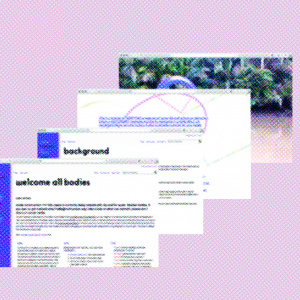Difference between revisions of "Find"
| Line 14: | Line 14: | ||
# events | # events | ||
<br> | <br> | ||
| + | |||
| + | ** Form:New_Page |create new page | ||
| + | ** Why| how & why | ||
| + | ** Add|how to add | ||
| + | ** Find|how to find | ||
| + | ** Background|background | ||
| + | ** Directories|directories | ||
| + | ** recentchanges-url|recentchanges | ||
| + | ** randompage-url|randompage | ||
| + | |||
[[File:Not found On.jpg|frameless|right]] | [[File:Not found On.jpg|frameless|right]] | ||
Revision as of 15:23, 2 January 2020
How can you find pages on Not Found On? Example Ways to Navigate.
- know the name of page (sharing the name of the page)
- click through from other page
- use property list
- Projects that need people
- looking similar projects
- directory /resources
- events
- Form:New_Page |create new page
- Why| how & why
- Add|how to add
- Find|how to find
- Background|background
- Directories|directories
- recentchanges-url|recentchanges
- randompage-url|randompage
This navigation demands a lot from user. navigate = labour
Workshops & explanation videos needed
Types of entry
- - Pages ( text, image, video, audio, table )
- - Events ( calendar or table list )
- -Properties lists
- - directory
- - timeline visualisation (future goal)
Example Ways to Hide
- Don't add any links
- Don't add Properties
You transclusion to create hubs
So each page can grow behind but also can stay short as a list.
